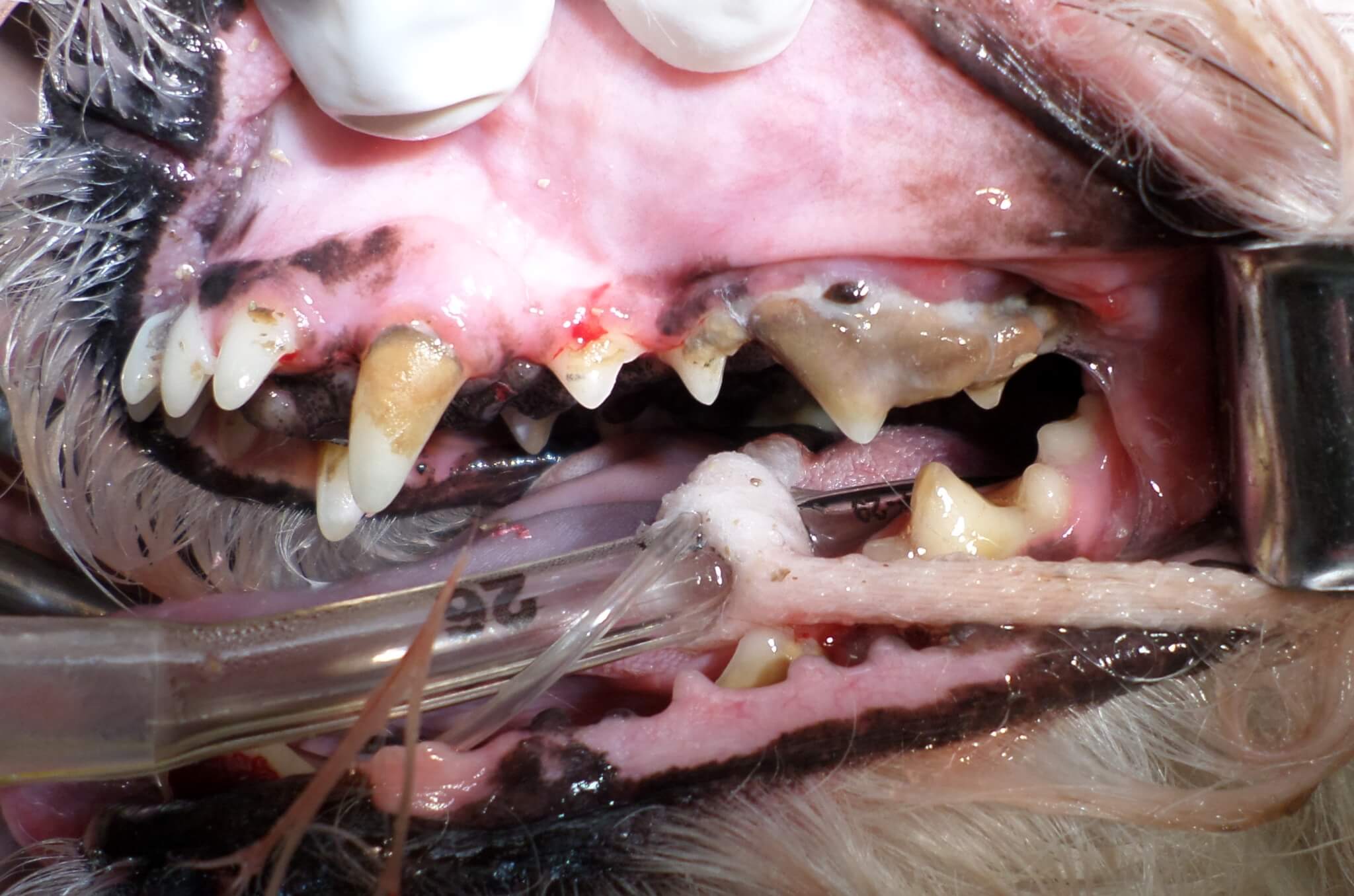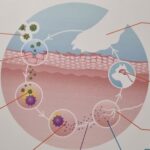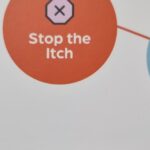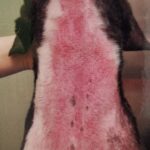Does Anaesthesia free dentistry help, or mask the real problem?

Does Anaesthesia free dentistry help, or mask the real problem?
You may have seen anaesthesia-free dentistry advertised but it is often performed by people who lack appropriate training and qualifications.
It can also have a negative psychological impact on your pet and might cause your pet unnecessary pain.
It’s also important to realise that a thorough dental examination requires a patient to be completely motionless for procedures such as radiographs and probing (which detects decay and disease below the visible gum line), and removal of rotten or decayed teeth.
An anaesthetised patient allows us to look for any root problems and potential sources of pain. We can clean under the gums, which cannot be done correctly if your pet is awake, and remove any decayed or damaged teeth without causing pain.
Scraping the tooth surface alone, whilst making it seem cleaner, does not address the gum disease and can damage the enamel leading to a faster build up in future. When done correctly like your dentists, the enamel should be protected by use of appropriate dental cleaning equipment. Polishing is also performed to smooth over any defects and protect the enamel.
Another important aspect that is overlooked when just scraping the tooth surface is the presence of peridontal or gum disease. Anaesthesia-free dentistry can potentially mask serious underlying disease and can cause your pet unnecessary pain. It does not address gum disease which is more detrimental to your pets overall health. Most of the dental problems we see have gum disease and gingivitis. Infected and damaged gums are the area where bacteria seed off into other areas such as the heart, lungs and kidneys.
In order to correctly and effectively manage dental disease, there needs to be a good understanding of how dental disease can impact your pets overall health. We feel that it is important to look at all aspects of dental health and not just removing the plaque from the tooth surface. We are also able to prescribe appropriate medication and ensure adequate pain relief is provided at the time of a dental procedure.
The Australian Veterinary Association also feels strongly enough about this to provide their own guidlines.
You can read more about this on the Australian Veterinary Association website.





